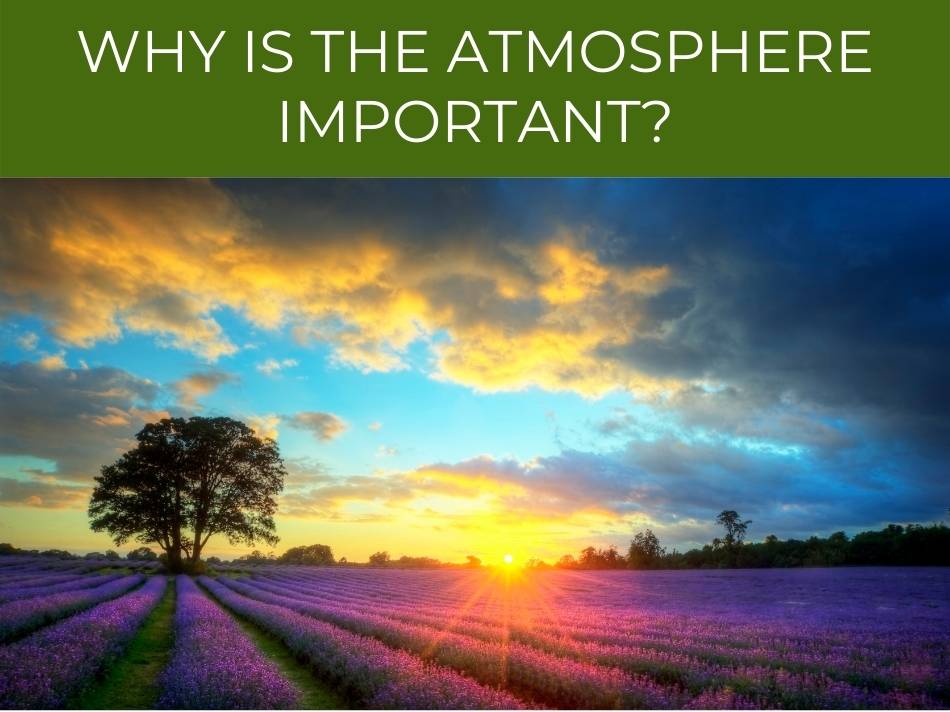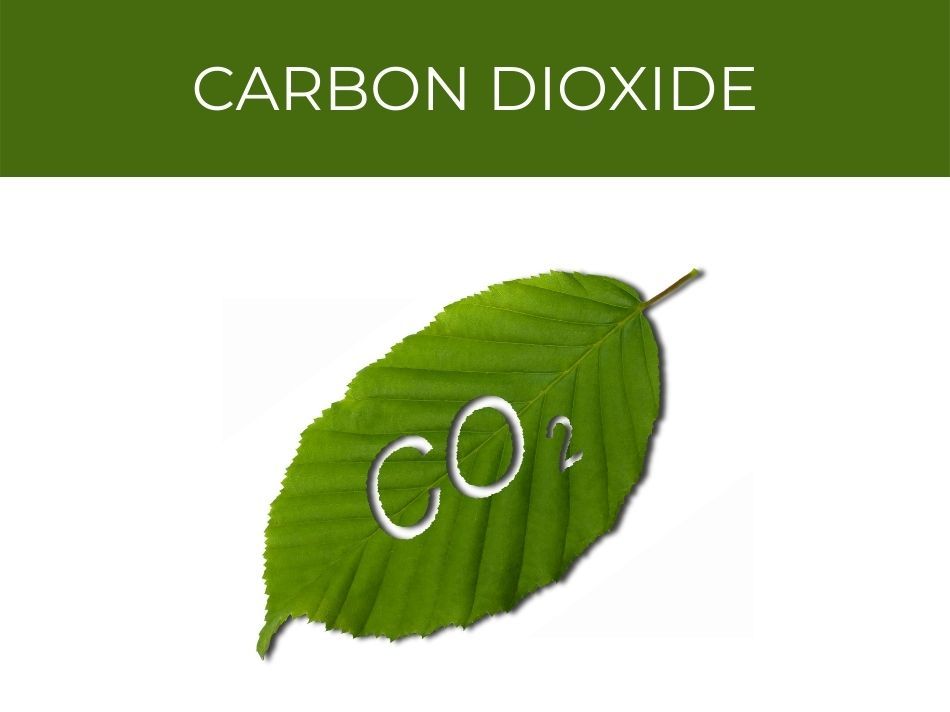The atmosphere is a gaseous composition that envelops the Earth. It is necessary for all life and provides a variety of functions, including providing oxygen for breathing, absorbing damaging ultraviolet radiation, shielding the planet from falling meteorites, regulating climate, and regulating the water cycle.
Nitrogen is the most abundant gas in the atmosphere. The most abundant gas in the atmosphere of the Earth is nitrogen that is 78%, 21% of oxygen, 1% of argon, and trace quantities of other gases including carbon dioxide and neon.
For a range of factors, it’s critical to understand which gas is most prevalent, what other gases are present in the Earth’s atmosphere, and how the composition of air varies with altitude and with time. The data assists us in comprehending and forecasting the weather. Let us dive deep into today’s topic.

What is The Most Abundant Gas in The Atmosphere?

Nitrogen
Nitrogen is by far the most abundant gas in the Earth’s atmosphere, accounting for around 78 percent of the mass of dry air.
Nitrogen is a colorless, odorless, and inert gas that does not react with other substances.
Daniel Rutherford, a chemist, was the first to identify this chemical element in 1772.
The most abundant gas in the atmosphere, as well as the most plentiful element, is nitrogen.
It can be found in all living things. Nitrogen is found in amino acids, proteins, DNA, and RNA, among other things.
Nitrogen is required for all living species’ development, metabolic functions, and reproduction.
The Abundance of Nitrogen in Earth’s Atmosphere talks more about why nitrogen is the most common element in the atmosphere.
The production of ammonia is the most common usage of nitrogen (NH3).
The Haber process involves combining large volumes of nitrogen with hydrogen to make ammonia.
The ammonia is then used to make fertilizers, explosives, and nitric acid in a process known as the Ostwald process (HNO3).
In the semiconductor sector and during some types of welding and soldering procedures, nitrogen gas is employed as a protective barrier since it is generally inert.
High-pressure nitrogen is used by oil firms to assist drive crude oil to the surface.

Oxygen
Oxygen is the second most abundant gas in the atmosphere, and the third most plentiful element in the universe.
Carl-Wilhelm Scheele in 1771 and Joseph Priestley in 1774 found it on different occasions.
Oxygen has no odor, no color, and is extremely reactive with other elements.
For respiration, all living things require oxygen gas (O2), which is also a component of DNA molecules.
The process through which plants produce oxygen and release it back into the atmosphere is known as photosynthesis.
It is a basic process that takes place in the presence of sunlight and is required for plant growth.
Check out whether Can Plants Grow Without Sunlight.
The oxygen molecule ozone (O3) is present in the Earth’s atmosphere.
Ozone protects the Earth’s surface from UV radiation by both absorbing and deflecting harmful rays.

Is Air a Pure Substance?
Air is not considered a pure substance, since it’s composed of many different gases, along with tiny particulate matter, such as dust. Nitrogen and oxygen make up around 78 percent and 20% of the air, respectively.
A pure material, such as water, air, or nitrogen, is one that has a constant chemical composition throughout.
It is not necessary for a pure material to consist of only one element or compound.
A pure material is a combination of ice and liquid water, for example, since both phases have the same chemical composition.
That is, no matter how tiny the sample size, it is stuff that seems uniform in appearance and composition.

What is The Atmosphere Made Of?
The Earth’s atmosphere is made up of 78 percent nitrogen, 21% oxygen, 0.9 percent argon, and 0.03 percent carbon dioxide, with small amounts other materials. Water vapor comprises 0 – 4% of the atmosphere, with higher concentrations along the equator, and lower concentrations near the poles.
The atmosphere of the Earth is a narrow band of air that is divided into multiple layers dependent on temperature.
Life on Earth would not survive without this protective blanket, which shields us from the sun’s heat and radiation while also containing the air we breathe.
Despite the fact that oxygen is essential for life on Earth, it is not the most important component of our atmosphere.
Water vapor is also present in our atmosphere. In addition, dust particles, pollen, plant grains, and other solid particles are found in the Earth’s atmosphere.
You can learn more about the air from 10 Interesting Things About Air.

Why Is The Atmosphere Important?
The atmosphere provides us with the oxygen we require to live, and also shields us from damaging UV and cosmic rays. It generates the pressure that allows liquid water to exist on the surface of our planet, and traps heat near the surface of Earth to maintain temperatures suitable for life.
By supplying warmth and absorbing dangerous sun radiation, the Earth’s atmosphere protects and nourishes the planet’s people.
The atmosphere shields life on Earth from incoming ultraviolet (UV) radiation and insulates the planet, keeping it warm.

What is a Greenhouse Gas?
Greenhouse gases are gases that trap heat in the atmosphere.They let sunlight travel through the atmosphere, but they prevent the heat captured by the sunshine from escaping.Water vapor and carbon dioxide are the two most important greenhouse gases.

Carbon dioxide–which is a greenhouse gas–is also required for photosynthesis.
Photosynthesis is the process by which plants convert sunlight, water, and carbon dioxide into oxygen and carbohydrates (sugar). It’s the basis for nearly all life on Earth.
See where in the plant photosynthesis occurs.
You might also be curious to see if the color of light affects plant growth.

What Would Happen If There Were No Greenhouse gases?
If there were no greenhouse gases, the average temperature of the Earth would fall to 0 F or lower. Also, temperatures would fluctuate from extremely hot to very frigid in a single day. These extreme temperatures would make Earth uninhabitable for life.
Some greenhouse gases are naturally occurring.
When animals and plants breathe, carbon dioxide is released.
Another greenhouse gas is methane.
When soil and living things decompose, methane is released. Volcanoes emit greenhouse gases as well.
Learn more about the importance of greenhouse gases at Greenhouse gases.

The Last Word
The greenhouse gases aid in preventing damaging solar radiation from reaching the surface of the earth.
These gases act as a filter, bouncing much of the unneeded and harmful energy back into space.
One of the most important greenhouse gases, ozone, absorbs the sun’s damaging ultraviolet (UV) radiation.

